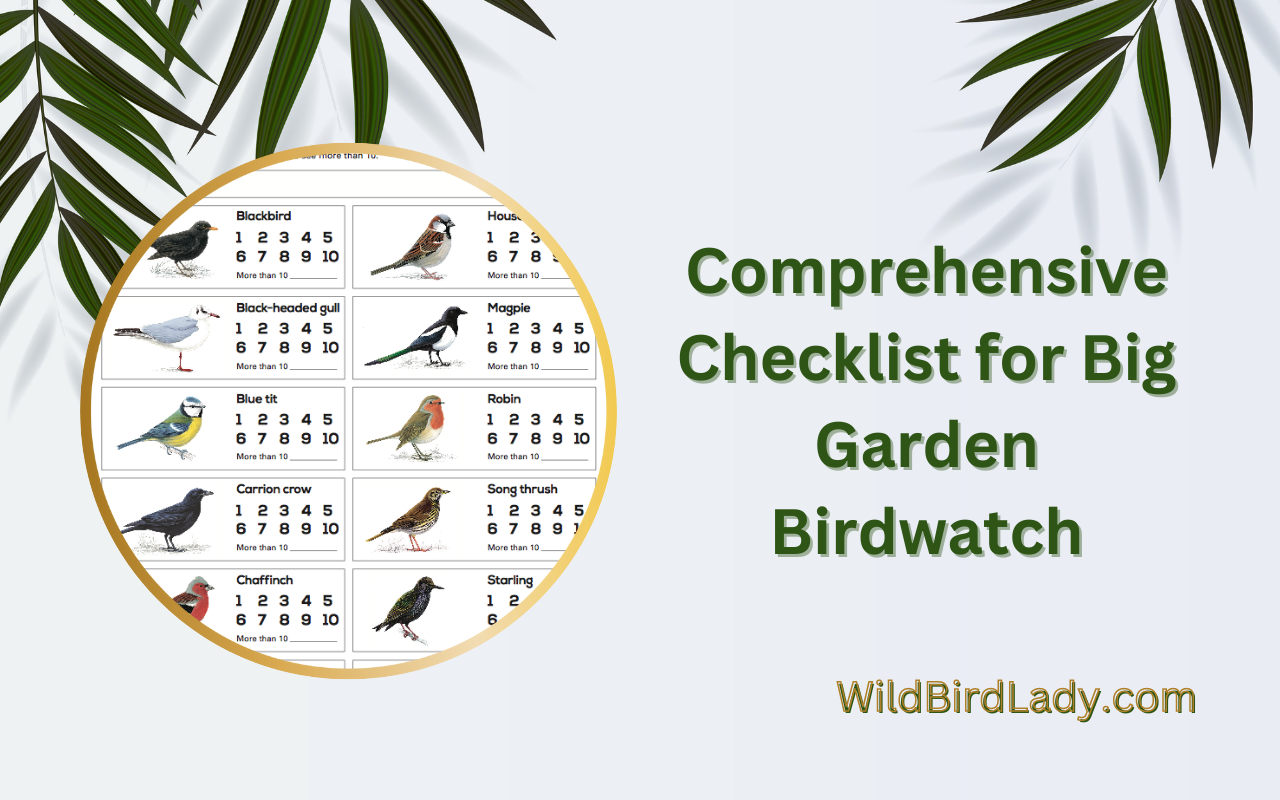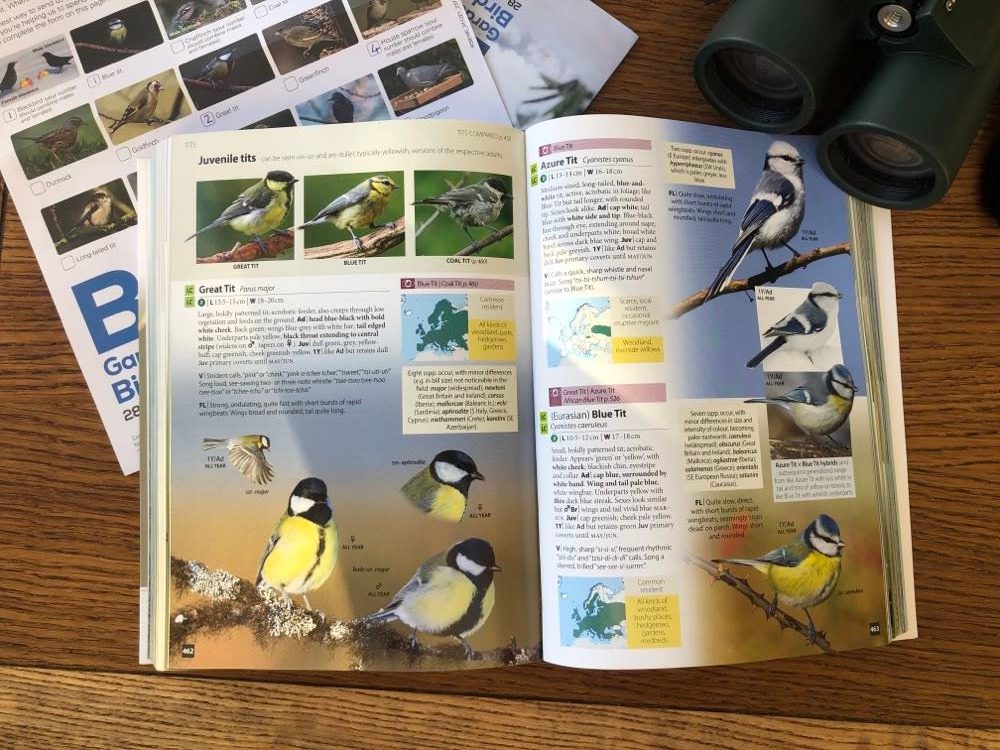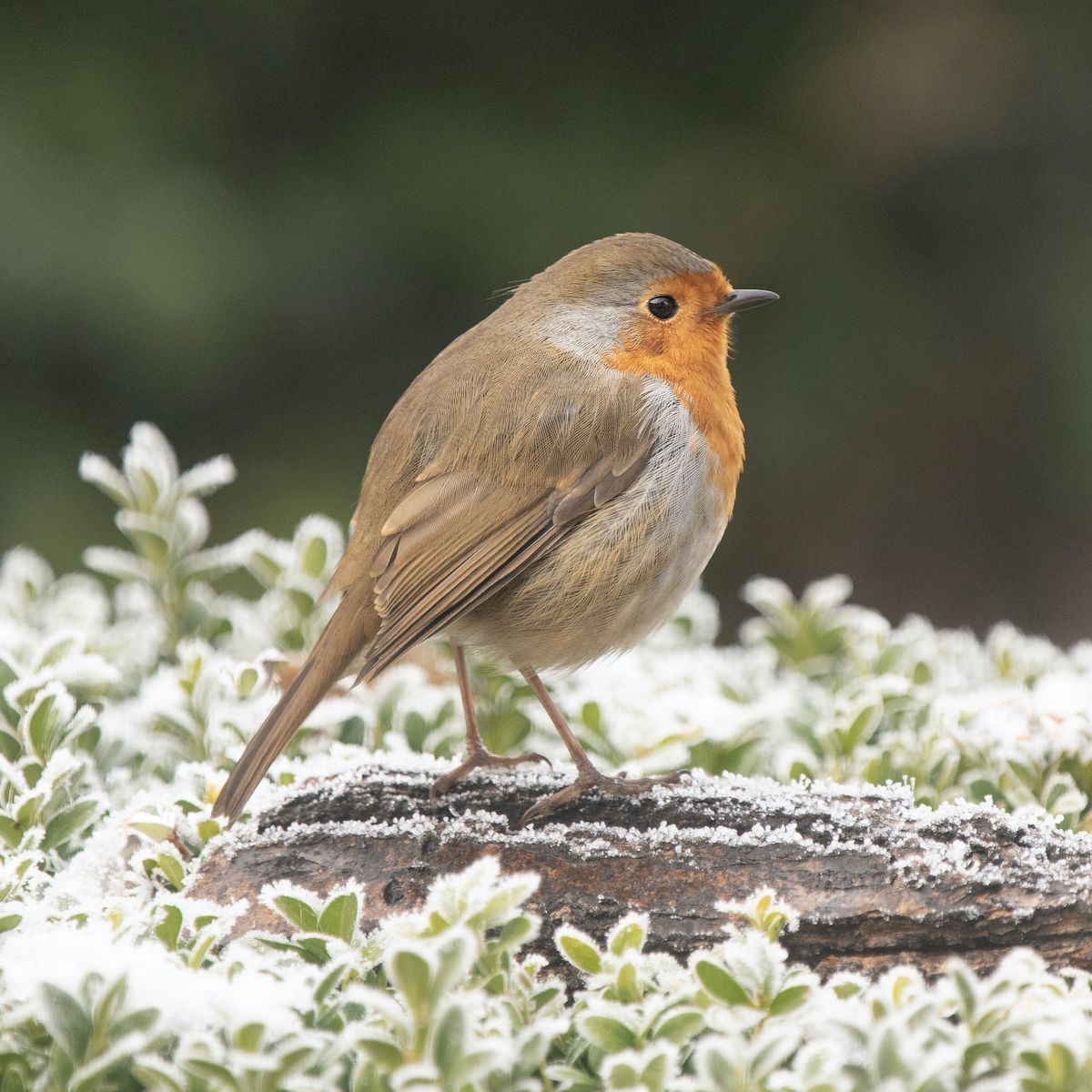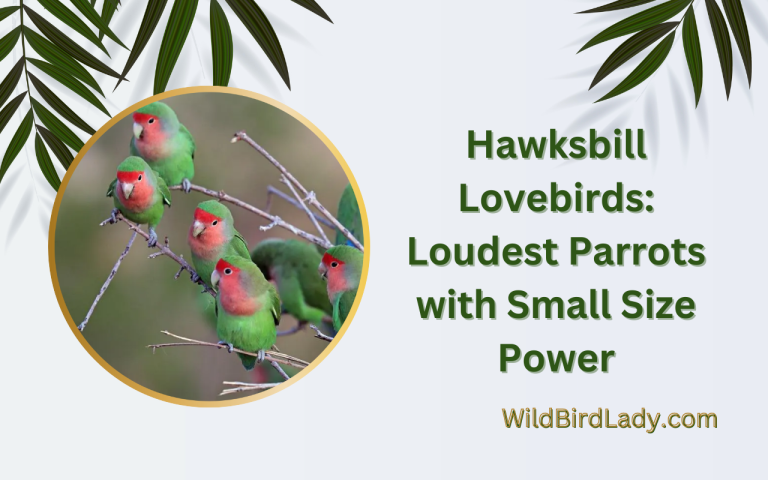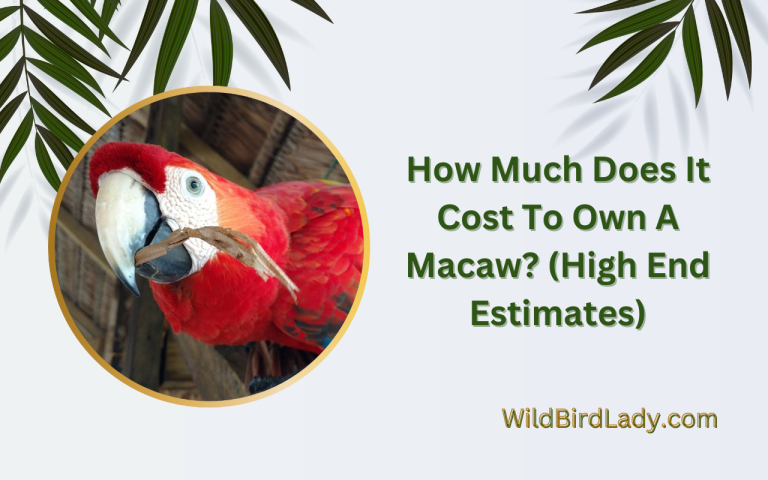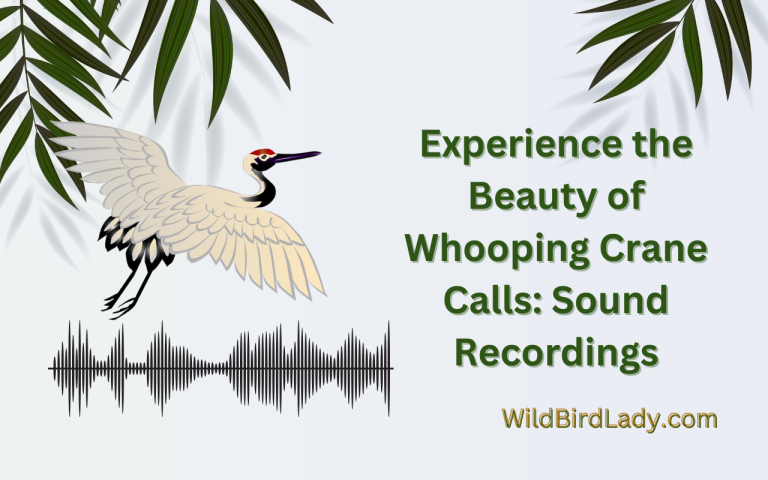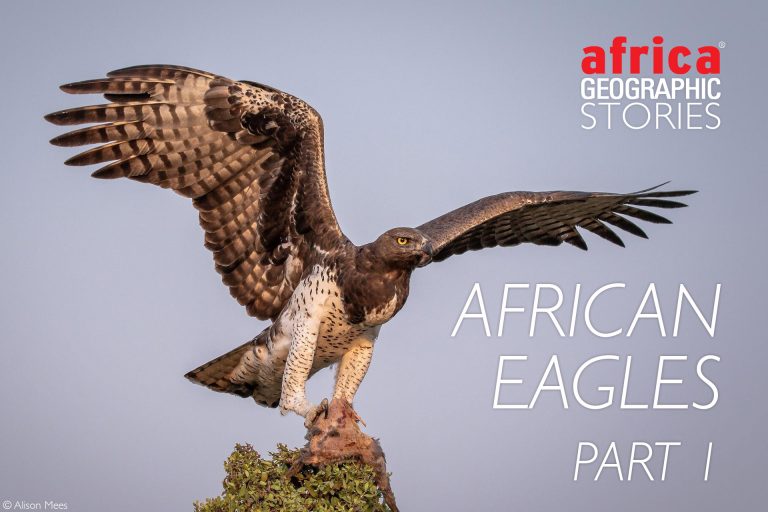Comprehensive Checklist for Big Garden Birdwatch 2025
Each year, thousands of bird lovers across the UK participate in the Big Garden Birdwatch, a nationwide citizen science project organized by the Royal Society for the Protection of Birds (RSPB). It’s a delightful event where people spend just one hour recording the birds that visit their gardens, balconies, or local green spaces.
Whether you’re a seasoned birdwatcher or a curious beginner, preparing properly can make your 2025 Big Garden Birdwatch experience both productive and enjoyable. This comprehensive checklist will help ensure you have everything in place—from essential gear and identification tips to the most commonly spotted species and how to attract them.
What Is the Big Garden Birdwatch?
The Big Garden Birdwatch is an annual UK-wide survey, started in 1979 by the RSPB. It’s the world’s largest garden wildlife survey, attracting over half a million participants each year.
All you need to do is:
- Choose any hour during the designated weekend.
- Count the highest number of each bird species you see at one time.
- Submit your results online or by post.
Your observations help scientists track changes in bird populations, spot conservation concerns, and better understand the needs of UK wildlife.
When Is Big Garden Birdwatch 2025?
The Big Garden Birdwatch 2025 is scheduled for:
🗓️ Friday, January 24 to Sunday, January 26, 2025
🕐 You can participate during any one-hour period across these three days.
Mark it on your calendar now!
Why Participate?
Participating in the Big Garden Birdwatch is more than just fun—it’s meaningful.
✅ Contribute to Citizen Science: Your data helps track trends and informs conservation decisions.
✅ Connect with Nature: Birdwatching fosters mindfulness and a deeper appreciation for wildlife.
✅ Fun for All Ages: It’s easy to join, whether you’re five or eighty-five.
✅ Improve Your Garden: Learning what birds visit can help you make your outdoor space more wildlife-friendly.
Essential Supplies Checklist
Here’s what you’ll need to get started:
📝 Observation Essentials
- Notebook or printed RSPB tally sheet
- Pencil or pen
- Timer or clock
🔭 Birdwatching Tools
- Binoculars (8×42 or 10×42 recommended)
- Bird identification book or bird ID app (e.g., Merlin Bird ID, RSPB app)
- Camera or smartphone (optional, for taking photos)
🍽️ Bird Attractants
- Seed feeders
- Fat balls or suet cakes
- Mealworms (especially for robins and wrens)
- Fresh water (bird bath or shallow dish)
❄️ Comfort Items (especially in winter)
Blanket (if watching from a balcony or window)
Warm coat, gloves, hat
Thermos with hot drink
Chair or cushion for sitting
Top 20 Birds to Watch For in 2025
Here’s a handy reference of birds commonly spotted during past Birdwatch events, along with tips for identifying them.
| Bird | ID Tips | Food Preference |
|---|---|---|
| House Sparrow | Brown body, black bib (male) | Mixed seeds |
| Blue Tit | Blue/yellow body, acrobatic | Fat balls, peanuts |
| Starling | Iridescent black, speckled | Suet, kitchen scraps |
| Blackbird | All black (male), brown (female) | Berries, worms |
| Woodpigeon | Large, gray, white neck patch | Grain, seeds |
| Robin | Red chest, melodic song | Mealworms, suet |
| Great Tit | Black head, yellow chest | Sunflower seeds |
| Goldfinch | Red face, yellow wing bar | Niger seeds |
| Chaffinch | Pinkish (male), white wing bars | Sunflower hearts |
| Long-tailed Tit | Fluffy, small, long tail | Fat balls |
| Dunnock | Small, brown, shy | Mealworms |
| Coal Tit | Smaller, white nape patch | Peanuts |
| Magpie | Black and white, long tail | Scraps, suet |
| Greenfinch | Greenish yellow, stocky | Sunflower seeds |
| Collared Dove | Pale gray, black collar | Grain, scattered seed |
| Jackdaw | Smaller crow, grey nape | Suet, scraps |
| Wren | Tiny, upright tail | Insects, mealworms |
| Bullfinch | Pink chest (male), stubby beak | Fruit, seeds |
| Song Thrush | Speckled chest, bold song | Fruit, snails |
| Nuthatch | Clings head-down to trees | Peanuts, suet blocks |
How to Attract More Birds to Your Garden
Want to boost the number of bird visitors during your count? Here’s how to prep your garden in advance:
1. Feed Regularly
Start feeding birds at least 1–2 weeks before the event to build trust. Keep feeders topped up with:
- Sunflower seeds
- Fat balls
- Mealworms
- Unsalted peanuts
2. Provide Fresh Water
Birds need clean water for drinking and bathing—especially in cold weather when natural water sources freeze.
3. Create Shelter
Leave hedges untrimmed and create brush piles or bird boxes to offer safe roosting spots.
4. Offer a Variety of Foods
Different birds prefer different foods. A diverse menu attracts a diverse crowd.
Bird Identification Tips
Birdwatching can be tricky for beginners, but here are some quick tips:
✔️ Size & Shape
Is the bird sparrow-sized or pigeon-sized? Long tail or stubby?
✔️ Color & Patterns
Look for eye rings, wing bars, chest color, and markings.
✔️ Behavior
Note how it moves. Is it ground-feeding, hopping, or clinging upside-down?
✔️ Song & Calls
Familiarize yourself with common bird songs beforehand using the RSPB bird sounds or the Macaulay Library.
How to Submit Your Results
🔗 Submit Online:
Visit www.rspb.org.uk/birdwatch
Fill in the number of each species you saw (highest at one time).
📬 By Post:
Request a paper form from the RSPB in advance if you prefer to mail your results.
🕐 Deadline: Typically mid-February following the event.
Bonus Tips for Families and Children
Birdwatching is a great way to engage kids with nature. Try these fun ideas:
- 🎨 Draw the birds you see
- 🧩 Create a bird bingo game with common species
- 🐦 Make homemade bird feeders with peanut butter & seeds
- 📸 Start a photo journal of garden visitors
- 🕵️♀️ Play Bird Detective: Who sings what song?
The RSPB often offers free activity packs for families, so check their website before the event!
Frequently Asked Questions
Q: Do I need a garden to participate in the Big Garden Birdwatch?
A: No, you don’t need a garden. Even a small window feeder can attract birds to your birdwatching activity and contribute to the conservation survey.
Q: How does participating in the Big Garden Birdwatch help conservation efforts?
A: By recording the birds you see during the event, you contribute valuable data that helps conservationists understand bird populations and make informed decisions regarding environmental changes and conservation efforts.
Q: How do I ensure accurate results during the Big Garden Birdwatch?
A: Count only the number of birds you see at the same time. Avoid counting the same bird repeatedly. Following the provided guidelines will ensure your contribution is as accurate as possible.
Q: What should I do if I didn’t see any birds during my observation hour?
A: It’s still important to submit your results, even if you didn’t see any birds. Knowing which birds do not visit certain areas is also valuable information for conservationists.
Q: How can I attract birds to my garden for the Big Garden Birdwatch?
A: Ensure you have plenty of feeders filled with birdseed mixtures, peanuts, and mealworms. Offering a variety of food types can attract a diverse range of bird species.
Q: How does the Big Garden Birdwatch contribute to understanding bird populations?
A: Over the years, the Big Garden Birdwatch has provided valuable data on bird and wildlife trends in the UK. The collective efforts of participants help build a comprehensive picture of the country’s bird population.
Final Thoughts
The Big Garden Birdwatch is a chance to pause, observe, and connect—with nature, with your family, and with thousands of other people across the UK. By preparing with this checklist, you’ll not only have a more successful count, but you’ll also become more attuned to the winged wonders sharing your garden.
So grab your binoculars, pour a cuppa, and get ready for Big Garden Birdwatch 2025!
🕊️ One hour. One garden. Countless discoveries.

